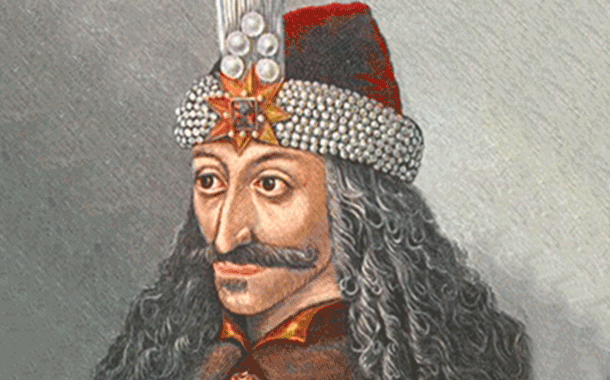<![CDATA[The story of Dracula has been told and retold for generations, arousing fear in anyone who has read the novel. The character originated in Bram Stoker's 1897 novel, "Dracula", the story of a vampire from Transylvania who wages war against Van Helsing and his mob. What many do not know is that Stoker's infamous story was based on the life of a ruthless 15th century prince, posthumously called Vlad The Impaler. He was Vlad III, Prince of Wallachia, and researchers have recently discovered two dungeons in which he is believed to have been held captive. The researchers found the dungeons during restoration works in the Tokat Castle in Turkey. They also found a secret tunnel leading to the Pervane Bath and a military shelter. Vlad the Impaler was a notorious ruler who, as his name suggests, impaled his enemies. He filled acres of land with the impaled bodies. He was born in Segesvar, which was then part of the Kingdom of Hungary, but is now in Romania. His father was part of an order that served to protect Christianity in Eastern Europe, called "The Order of the Dragon." Vlad III received the name "Dracul," which means "Son of the dragon." Vlad III was celebrated in Romania and throughout Europe for his role in the protection of the Romanian population. In order to keep Wallachia independent, he sided with Pope Pius II's crusade against the Ottomans, who were led by Sultan Mehmed II. Sultan Mehmed, in trying to make peace with Vlad III, sent Hamza Bey of Nicopolis to hold negotiations. Mehmed ordered Bey to take 1000 cavalry with him in case things turned sour. Bey and his men were ambushed on the way to Wallachia and all the men were impaled, including Bey himself, who was impaled on the tallest stake. With the knowledge of the Turkish language that he had learnt in captivity, Vlad infiltrated Ottoman camps in Bulgaria, holding them hostage or destroying them. It is claimed that he and his army killed nearly 24,000 Turkish men, women and children. Vlad kept fighting Mehmed II in a long and bloody conflict, but was eventually defeated and captured. He was imprisoned at different sites throughout Romania and Hungary, including the one found recently. The locations of the places of his imprisonment are mostly speculated upon, but researchers are almost positive that he was held captive in one of the dungeons recently discovered. The castle, which was used as a defence system in the Seljuk and Ottoman era, has been under restoration for over ten weeks. Other important finds in the area include food cubes, a military shelter and an open terrace. Archaeologists are working to confirm what they have found so far, and to try and solve the mystery behind the numerous tunnels discovered around the site. ]]>
Dungeon Where "Dracula" Was Held Captive Discovered
